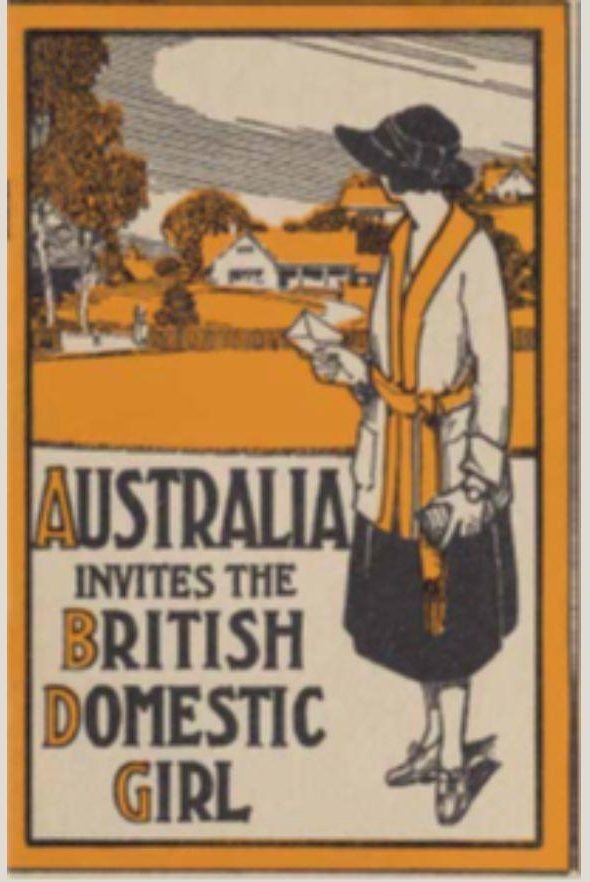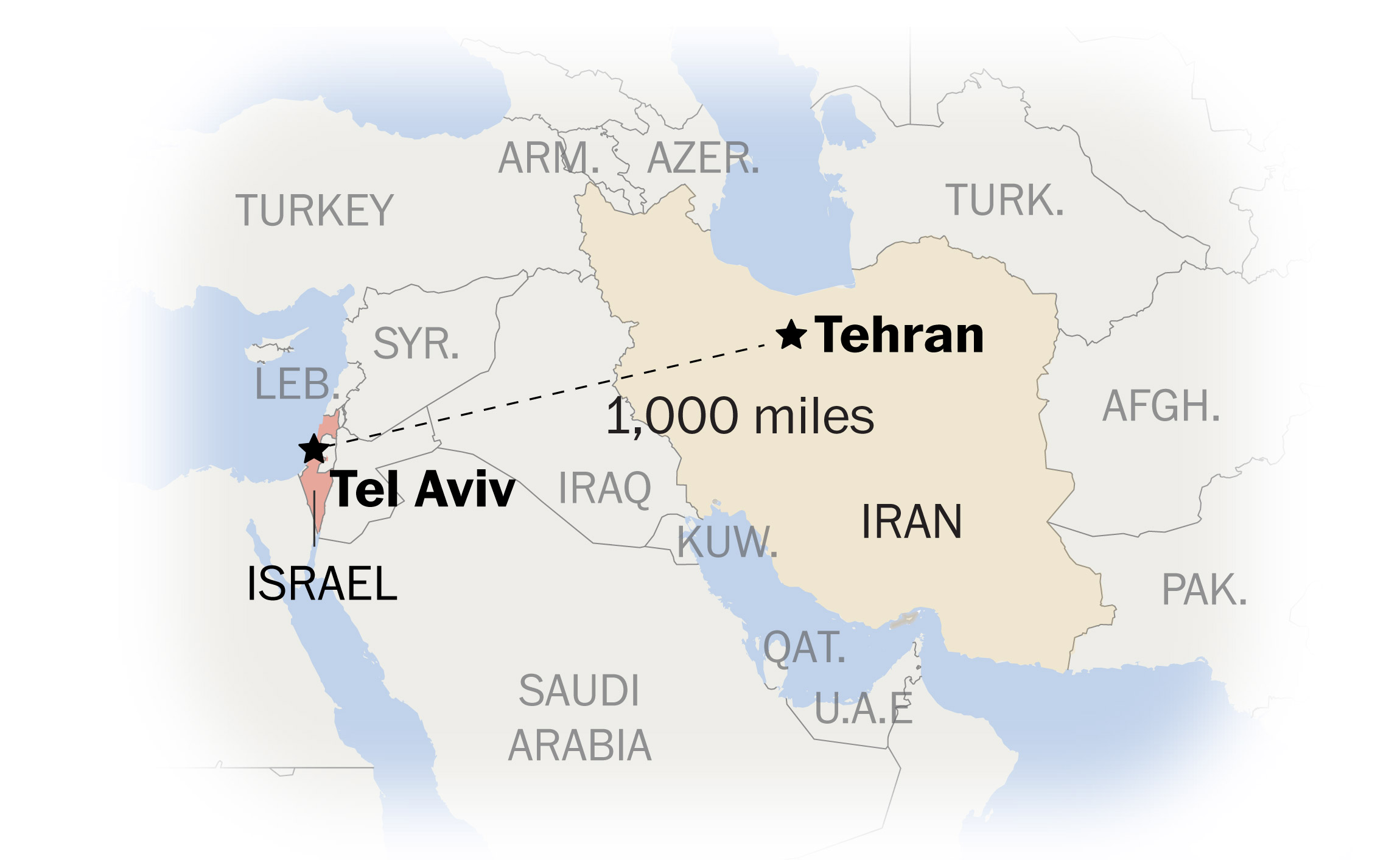10, December, 2025
Why do projects run over time and budget. Wrong question. Why do project estimates invariably understate how much and how long?
28, November, 2025
What are the facts about immigration? This article provides an analysis of the real numbers around immigration in Australia.
28, October, 2025
Is the US Electoral System still fit for purpose after 236 years? What can they learn from Australia and the Australian Electoral Commission?
14, October, 2025
What makes a person receptive to a conspiracy theory? What makes a conspiracy theory something people can grab and not want to let go?
22, September, 2025
We still talk of an Aboriginal Treaty. What is the background? Why is there a need? What would it contain?
11, September, 2025
What happens when you mix business with government? Should a government be run by a business? Is that what Trump is doing?
23, August, 2025
What can we do about the mountain of regulation restricting growth in Australia? Can we do anything? Do we want to do something?
30, July, 2025
Israel has very cleverly created a smokescreen with antisemitism. Rather than focus on the issues around Gaza and Palestinian existence, they focus the discussion on whether criticism is antisemitic.
18, July, 2025
Trump has been in power six months. Where has he succeeded and where has he failed?
21, June, 2025
What happens when the Israeli wars are over? Is there even a plan? Will it just lead to more chaos?











